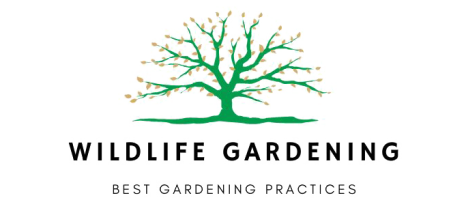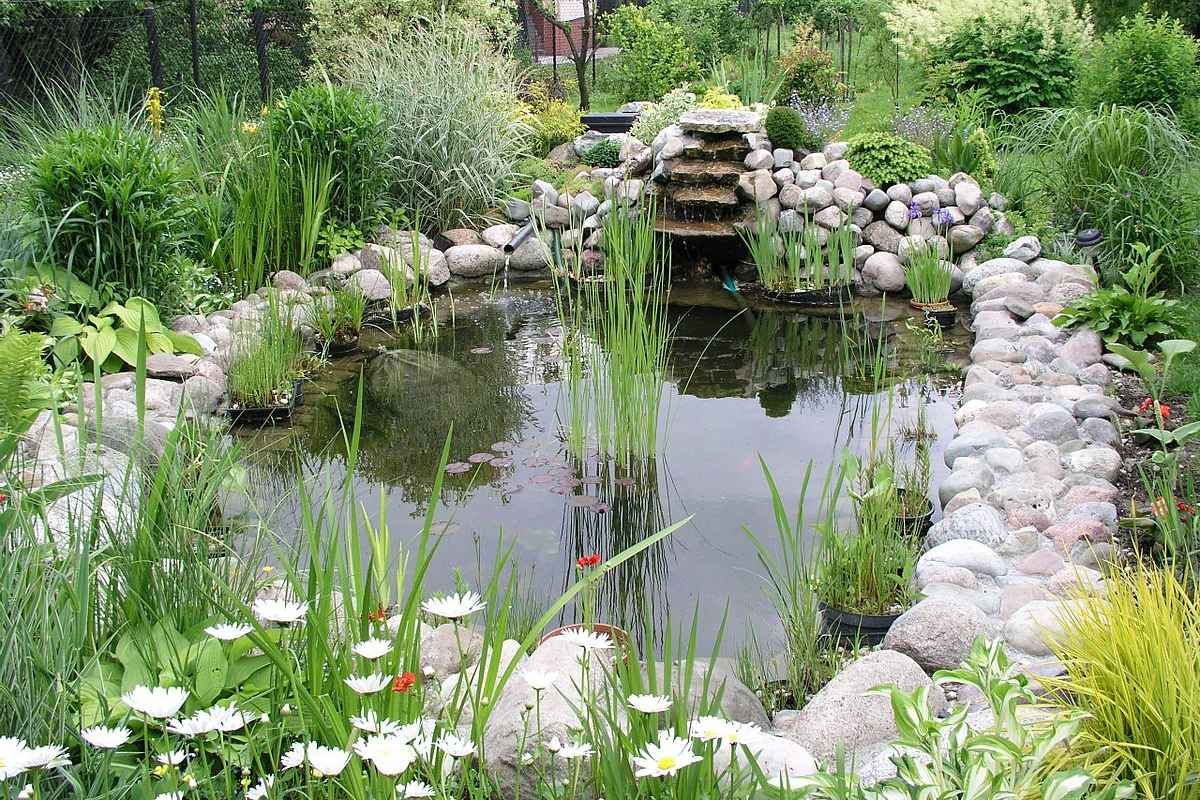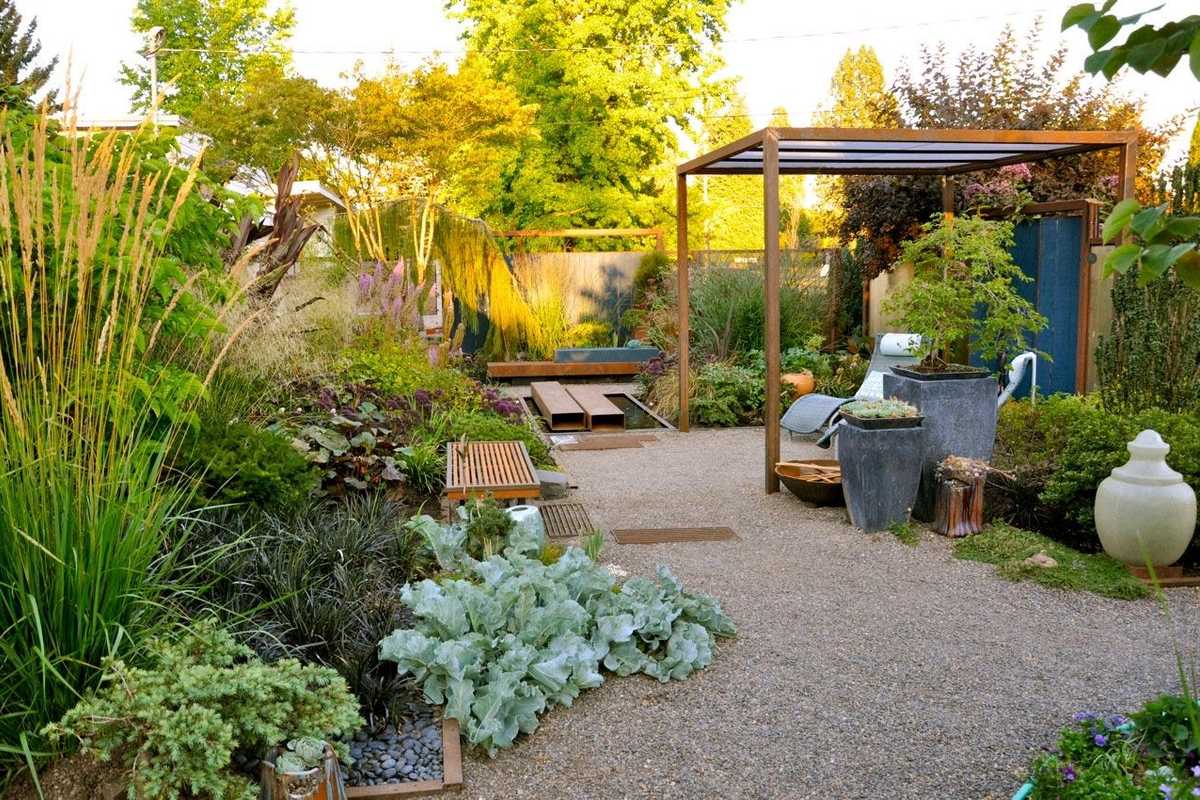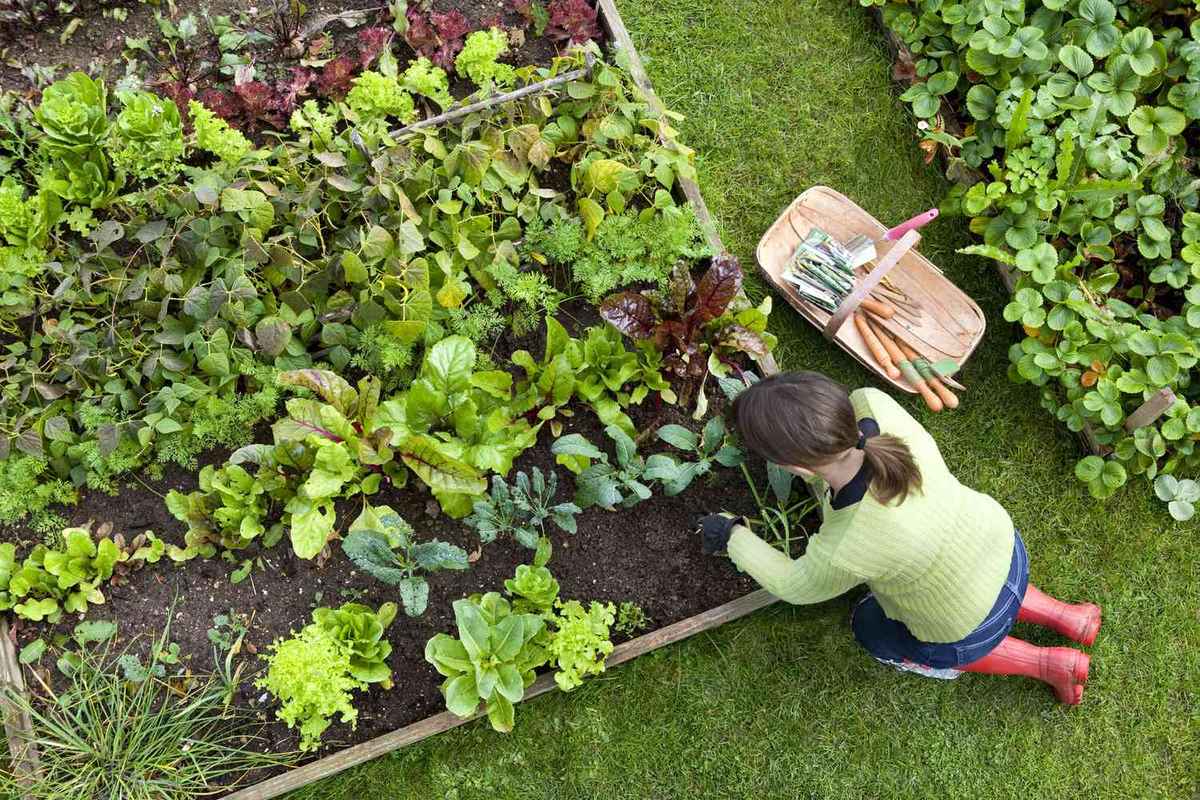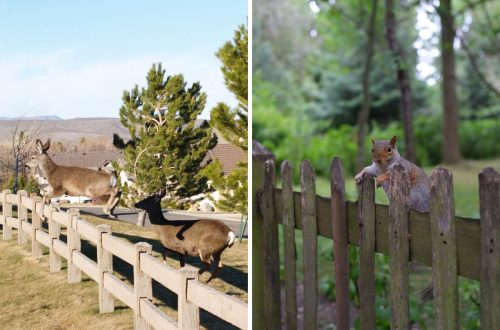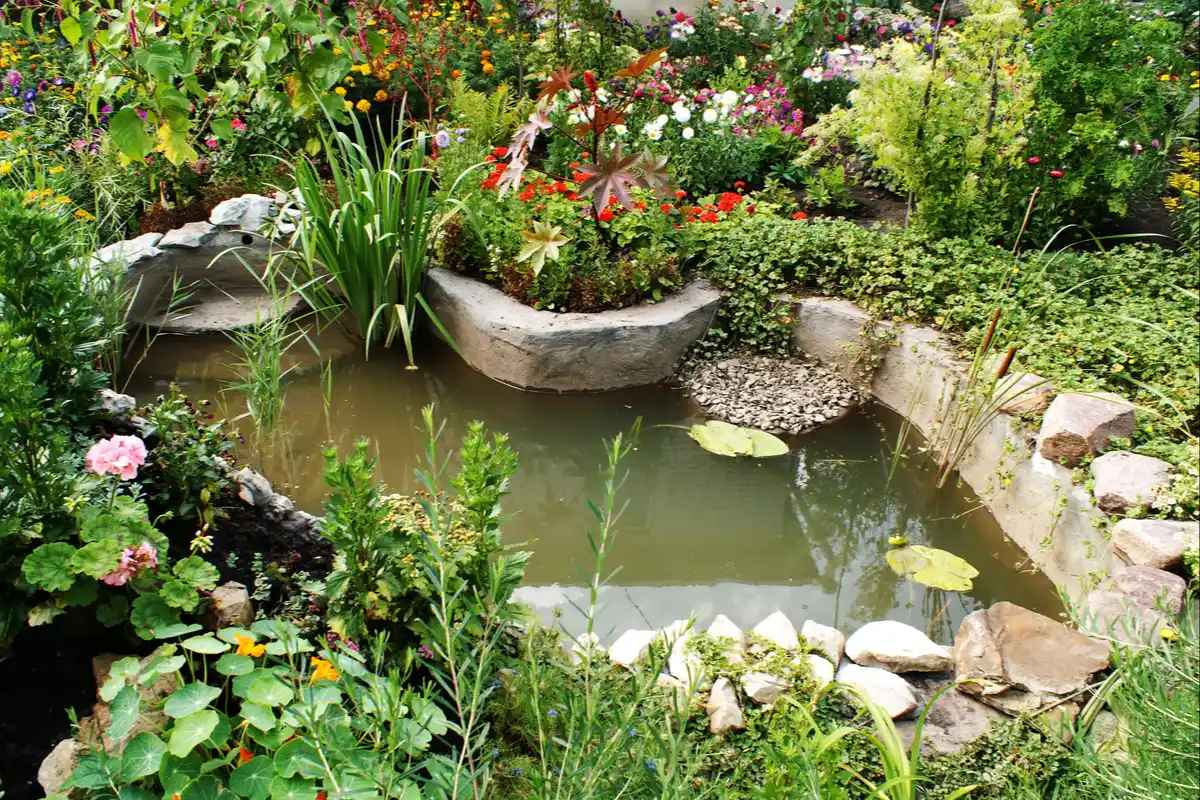Gardens stand as vital havens for wildlife, playing a pivotal role in establishing crucial “green corridors” that connect larger habitats like parks and nature reserves within urban landscapes.
Unlocking the potential for a captivating array of wildlife, regardless of your garden’s size, is within reach through modest adjustments. The allure of pollinators, amphibians, reptiles, birds, mammals, and invertebrates can be beckoned with careful planning.
That said, here are the six essential features of a wildlife-friendly garden:
Flowers
Wildlife gardens bloom with pollinator-friendly flowers throughout the period spanning from March to November.
The secret lies in favoring single, rather than double, flowers, and embracing a variety of shapes. Delve into our guide to uncover a selection of plants that warmly welcome bees and other pollinators.
Compost Heap
A compost heap creates a cozy and damp habitat that attracts a diverse range of wild creatures. Insects like woodlice, centipedes, and rove beetles find shelter here, becoming a source of food for birds, amphibians, and reptiles.
The heat of the compost can encourage slow worms and grass snakes to breed, and you might even invite nesting birds or hibernating hedgehogs.
An open compost heap is most effective, as it allows wildlife to access it easily. Closed bins do offer some wildlife benefits, but they are not utilized as extensively.
Pile of Logs
A log pile in your garden’s corner transforms into a superb haven for wildlife. This arrangement offers cozy hideaways for tiny mammals and amphibians, while beneath the logs, beetles and centipedes find refuge.
If positioned in sunlight, solitary bees might establish nests within the dry wood.
Moreover, as the logs gradually decompose, they draw in fungi and detritivores like woodlice, becoming sustenance for creatures higher up in the natural order.
Pond
Among the most effective methods to incorporate water into your garden is by introducing a pond. This addition will entice a wide range of wildlife, including amphibians, dragonflies, damselflies, birds, bats, mammals, and grass snakes.
When crafting a pond, make sure its sides slope gently so that creatures like hedgehogs can access it with ease.
Long Grass
Allowing even a small area of grass to grow long can create a positive impact on wildlife. This space becomes a refuge for hedgehogs, small mammals, and amphibians.
Besides, it can become a breeding ground for butterflies and moths, while birds harvest seeds from the grasses. Additionally, you might even draw in grasshoppers to this biodiverse habitat.
Trees and Shrubs
Trees and shrubs play a crucial role by offering sanctuary to birds and mammals, catering leaves for caterpillars, and delivering flowers, fruits, and berries that sustain various species.
Native plants like hawthorn, hazel, oak, and beech hold particular significance, as they support moth breeding.
